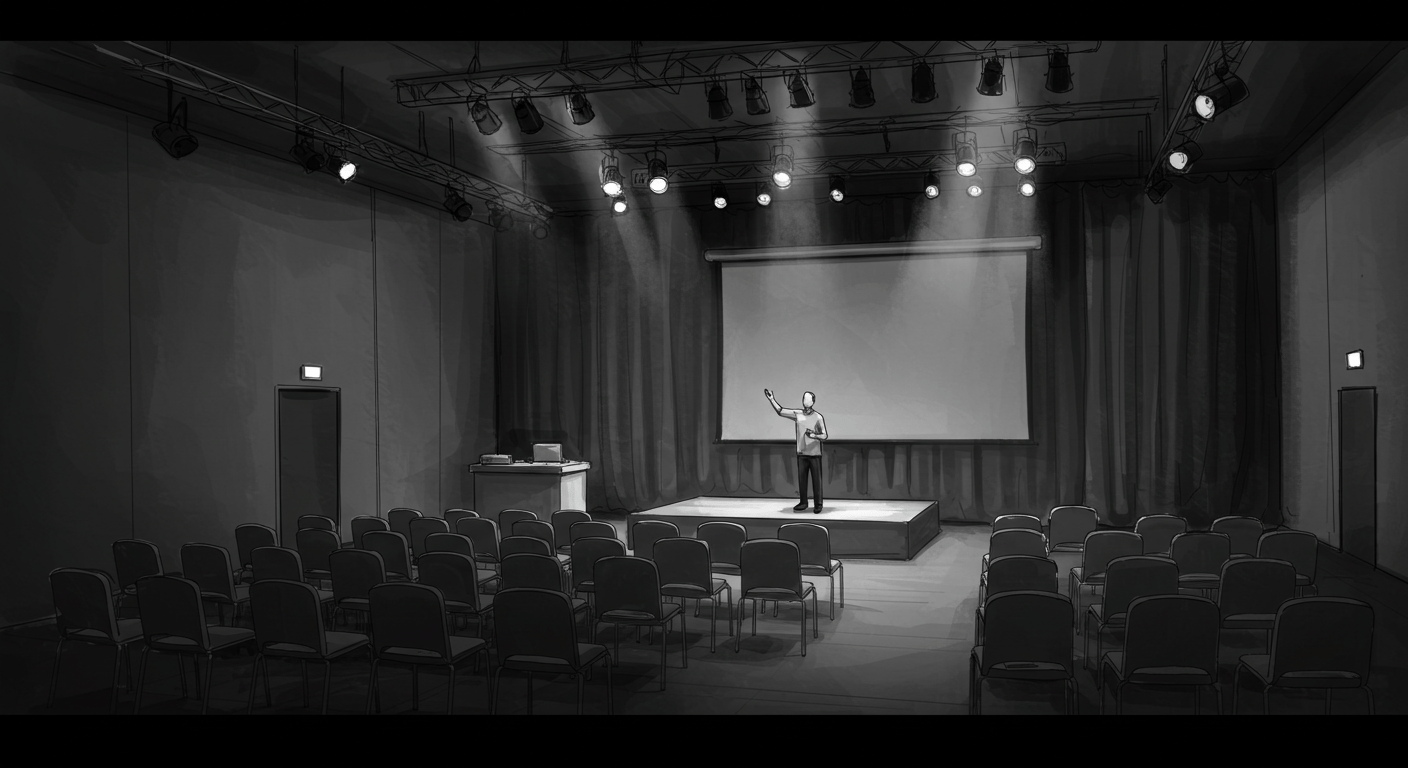When the User Said Nothing (and That Was the Feedback)
The feature shipped. The onboarding was polished. The numbers looked fine.
And then… nothing.
No tickets. No replies. No praise. No complaints. No usage. Just empty sessions and quiet churn.
And the worst part? Everyone in the room thought that meant success.
This is a post about the signal inside that silence — and how to design with it in mind.

Silence Isn’t Neutral #
No feedback isn’t good feedback.
It often means:
– They didn’t get far enough to care
– They didn’t find the value
– They forgot you existed
Real users don’t file tickets unless they think the product is worth fixing.
They only complain when they believe someone might respond.
Silence, most of the time, is quiet resignation. It’s people saying:
“It didn’t break. It just didn’t matter.”
Sound Familiar? #
You launch a dashboard tab. Nobody uses it. Not because they hate it — they just… don’t notice it.
You craft a beautiful 3-step onboarding. Users bounce after screen two, but never leave a comment.
You send a survey. No one replies.
No bugs. No rage clicks. Just polite disengagement.
That’s the signal.
Why We Miss It #
We build for action. Metrics. Feedback loops. But silence doesn’t show up in Jira.
So we write it off.
We assume if there’s no friction, there’s no problem. But often, the problem isn’t friction — it’s disconnection.
Silence means:
– Your product didn’t click with real use cases
– The benefit wasn’t immediate enough
– The interface didn’t create momentum
– You lost their attention and didn’t earn it back
Motivation Dies Quietly #
People don’t rage-quit modern apps. They just drift away.
If someone opens your product twice and never returns, they’re not leaving a review.
They’re not emailing support.
They’re not thinking about you at all.
They’re using something else. Or nothing at all.
And that’s the scariest kind of churn: the kind that feels invisible.
What To Do About It #
Silence is a starting point. Use it to ask:
– Where do people ghost the journey?
– What’s the last action they took before disappearing?
– What value did we promise — and did they actually reach it?
Three fast tactics:
- Session reviews — Watch 5 real sessions where users drop off. No scripts. Just behavior.
- Exit intercepts — Ask one simple question when someone leaves: “Was anything missing?”
- Second-chance flows — Trigger gentle nudges that offer clarity, not guilt. “Not sure what to do next? Here’s a shortcut.”
Call It Out, Don’t Assume It’s Fine #
Silence needs to be on the roadmap.
Treat it as a failure state. Make it visible in retros.
Ask your team:
“What part of the product is working just fine — but nobody uses?”
It’s not about blame. It’s about fixing the product so it earns attention again.
Final Thought #
Feedback is easy to spot when it’s loud.
But the real work is listening to the quiet:
– The bounce
– The ignored feature
– The users who signed up, poked around, and disappeared without a trace
They told you something too. You just weren’t listening.
So next time your launch gets no comments, no pushback, no praise…
Don’t celebrate.
Investigate.
—
DNSK WORK
Design studio for digital products
https://dnsk.work